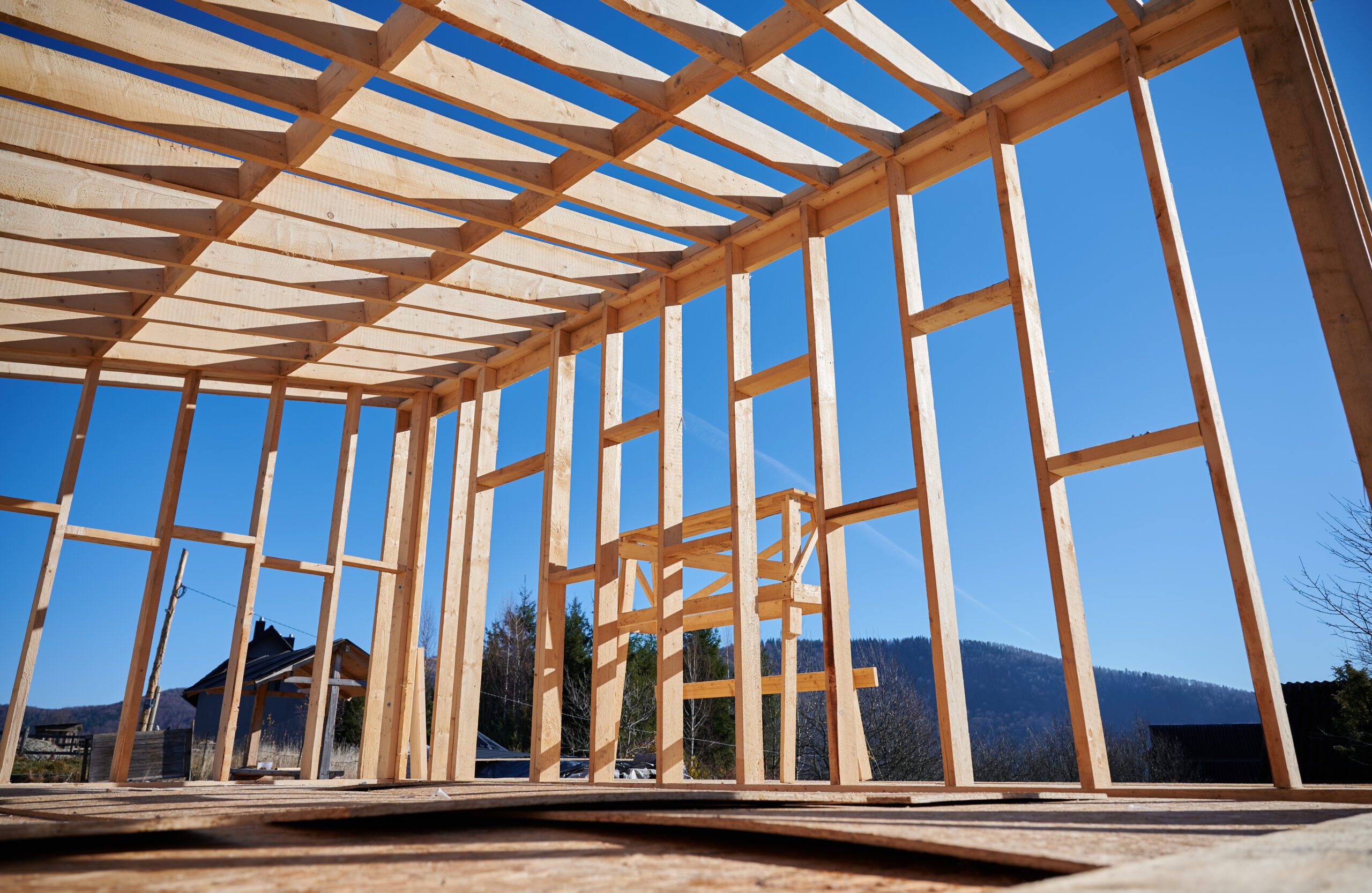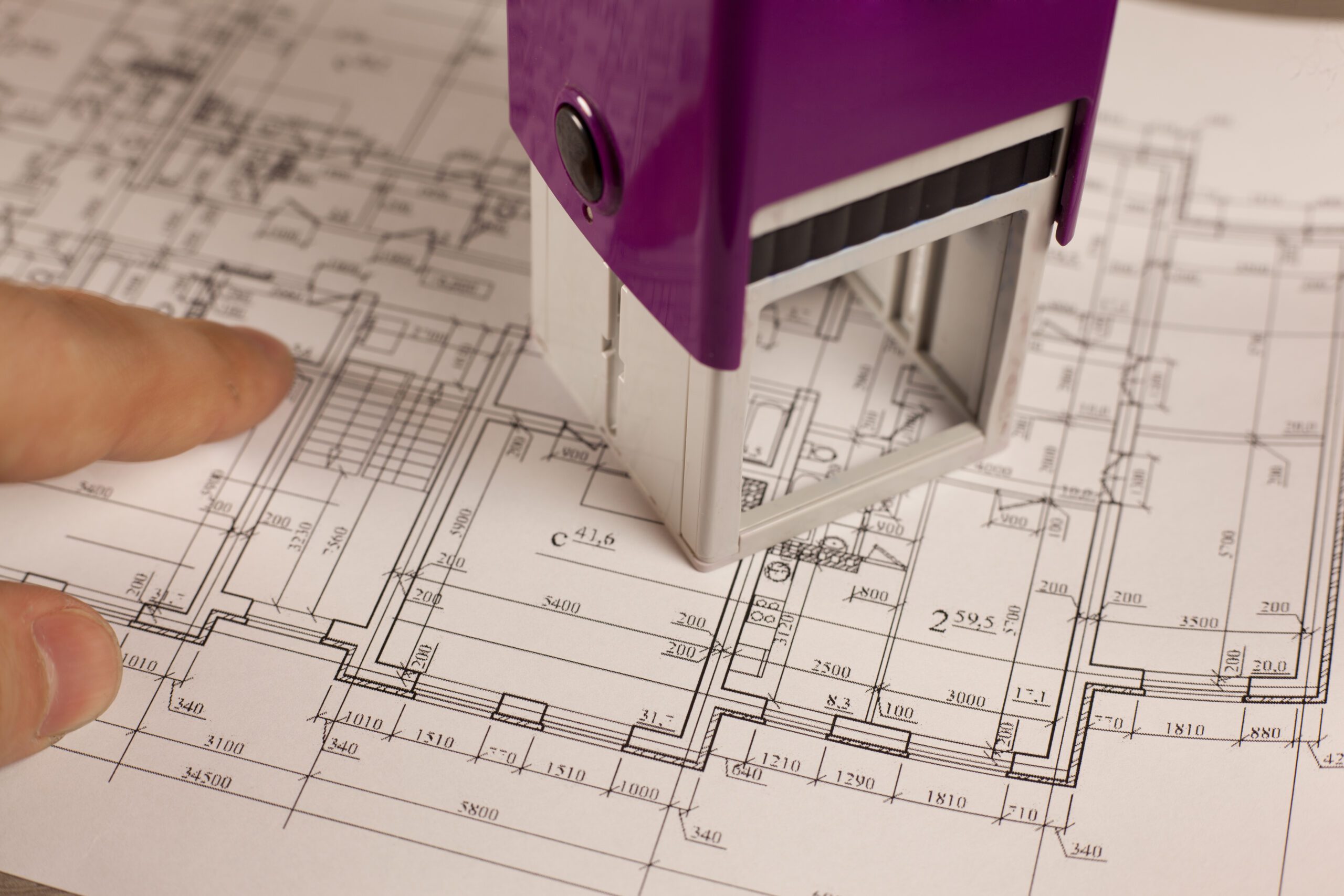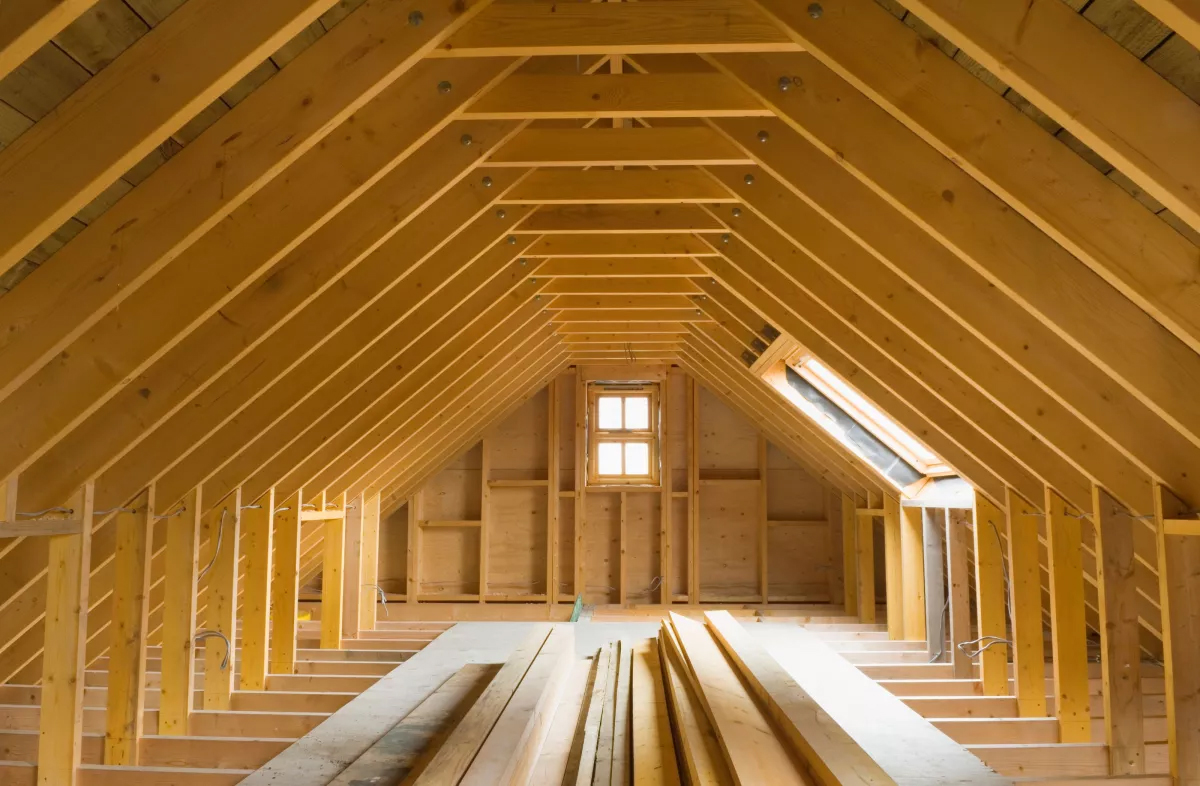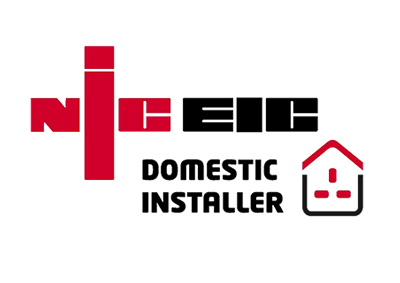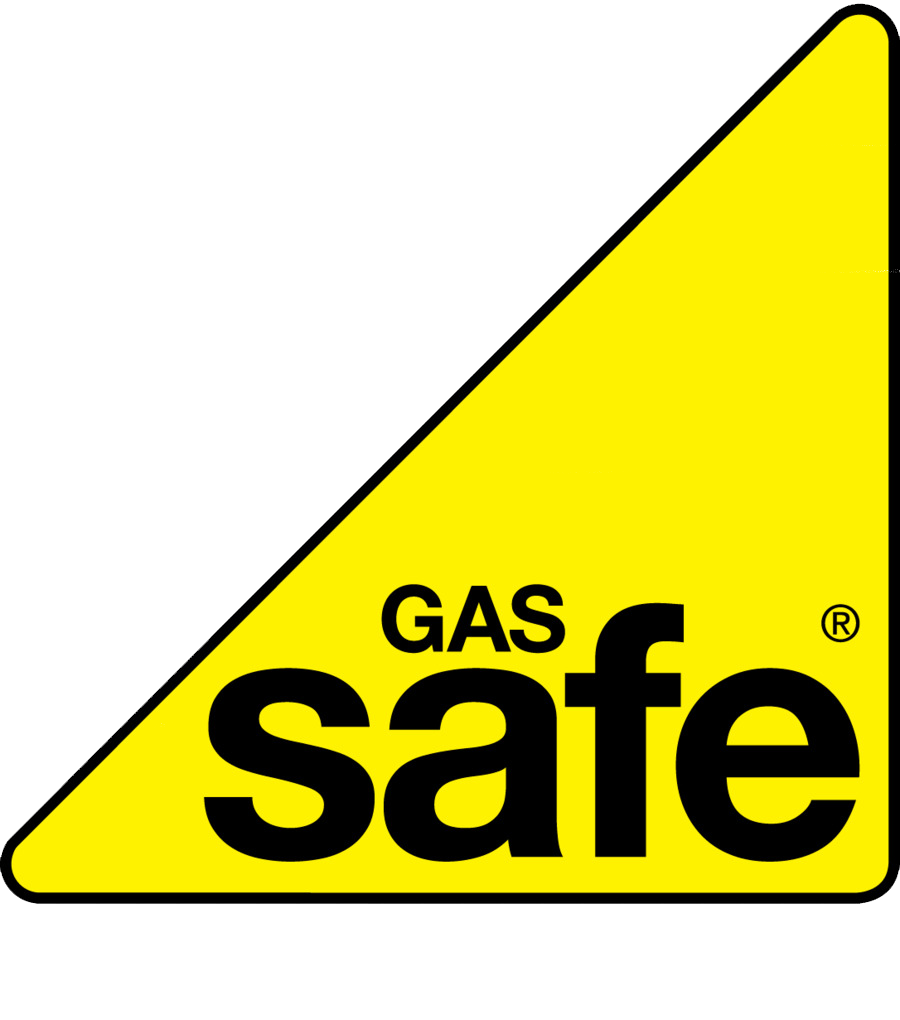Working from Home: Plan Your Perfect Home Office
Unraveling the Mystery of The Air Source Heat Pump
Sustainable Working
Looking for an Architect?
Understanding SAP 11 and Its Significance for Electric Heating Specifiers
The Ultimate Guide to Post-Construction Cleaning
Convert a House into Flats
With the relentless climb in energy costs across the UK due to mounting inflation and the energy crisis sparked by conflicts in Eastern Europe, household energy expenses have seen an unprecedented surge of over 80%. Nevertheless, it is indeed possible to temper this upward trend by implementing a handful of effective strategies to boost your property's EPC rating. By doing so, you not only make a substantial cut in your energy costs but also make a commendable contribution to our planet's well-being.
Unraveling the Energy Performance Certificate (EPC) Rating
EPC, or Energy Performance Certificate, is a vital tool for measuring your property's overall energy efficiency. It provides your home with a rating that ranges from A to G, where 'A' stands for the apex of energy efficiency. EPC ratings are shaped by professional evaluations of various parameters such as potential heat loss, insulation quality, lighting type, and numerous other factors. For those properties on the lower end of the scale, the EPC provides invaluable recommendations on how to enhance energy efficiency.
The Undeniable Merits of an Admirable EPC Rating
A strong EPC rating delivers much more than just a reduction in energy bills and a smaller ecological footprint. In fact, an excellent EPC rating can boost your property's market value by as much as 10%. The appeal of energy-efficient homes that promise minimal running costs is undeniable to both potential home buyers and tenants. This not only equips you with the power to command higher rent, but also attracts tenants who are likely to stay for longer periods with minimal defaults, given their lowered energy expenses.
A high EPC rating also enhances the longevity of a home and significantly decreases the need for frequent repairs and maintenance. A prime example would be the installation of proper insulation and a quality ventilation system. These measures can help to circumvent problems like condensation and dampness, which lead to the decay of wooden structures and the growth of mold.
7 Tried-and-Tested Methods to Enhance Energy Efficiency in Your Property
Insulating External Walls
The largest surface area of a house is usually the external walls, and hence they are the main culprits for heat loss. By focusing on insulating these external walls, property owners can slice their energy costs by up to 35%. The choice of insulation largely depends on whether your external walls are solid or cavity-filled.
This form of insulation also comes with aesthetic finishes, making it an ideal project to undertake during property renovations. The addition of features such as awnings or roller shutters can have a significant positive impact on the indoor climate and help keep high summer temperatures at bay.

Roof Insulation
The tendency of warm air to ascend makes roof insulation a crucial factor in energy efficiency. An insulated roof prevents the unhindered escape of warm air and also bars the unwanted entrance of heat during the summer months. The potential savings on heating and cooling expenses can reach up to 30%. Moreover, an insulated attic can transform a previously uninhabitable space into a comfortable living area.
Upgrading Windows and Doors
In older homes and apartments, windows and doors often emerge as the weak links when it comes to energy efficiency. These areas can be responsible for up to 25% of a room's heat loss. Upgrading to contemporary doors and windows can notably improve your home's EPC rating and lead to significant reductions in energy costs.
The benefits of double or triple-glazed windows and fully glazed doors go beyond thermal insulation and dampness reduction. They also help to ward off drafts and decrease noise pollution from outside.
Energy-Efficient Heating Systems
The average age of central heating systems in UK homes exceeds 10 years, implying that a significant portion of them are outdated, leading to sub-optimal use of fuel. This inefficiency not only inflates the operational costs, especially in the backdrop of soaring fuel prices, but also has detrimental effects on the environment. The replacement of these antiquated heating systems offers substantial energy savings compared to other interventions.
When considering a new heating system, it is essential to first assess the overall energy efficiency of your property. This is to ensure the heat generated by the new system doesn't escape through a leaky roof or poorly insulated windows, thereby rendering the whole exercise futile.
Updating or Installing a Ventilation System
Installing a ventilation system in your property can significantly increase the EPC rating. By ensuring a constant supply of dry, clean air that is easier to heat, it can effectively mitigate the risk of mold formation in living spaces. Ventilation systems equipped with heat recovery capabilities utilise a heat exchanger to return the heat extracted from the room back into the incoming fresh air.
This technique retains the heat within the room and ensures that around 90% of the heating energy stays within the property, contributing towards a more energy-efficient home.
Solar Panel Installation
Harnessing the power of the sun can greatly enhance a home's energy efficiency. Solar photovoltaic panels, which generate electricity from sunlight through the photoelectric effect, can either be used to power household appliances, feed excess power back into the grid, or store energy in battery banks for later use. Another viable option to consider is the installation of a solar water heating system.
A solar water heater can supply more than half of a household's annual hot water needs, significantly reducing energy costs.
Insulating Basement Ceilings
Given that basements are typically cold and damp, beginning your energy efficiency journey by insulating the basement ceiling is a wise move. Insulation panels are used to ensure that the heat from the upper floors isn't lost to the chilly basement below.
Basement ceiling insulation ranks among the most effective ways to improve your EPC rating, offering substantial energy-saving potential at a reasonable cost, while enhancing the comfort of your living spaces.
Additional Steps towards a More Energy-Efficient Home
In addition to the significant steps outlined above, there are several minor measures that can contribute to better energy efficiency without necessitating structural changes to your property:
- Unplug Devices: Completely turning off devices operating in standby mode can help to save a notable amount on electricity bills each month.
- Use Rechargeable Batteries: Over time, rechargeable batteries prove more economical than regular ones. Always remember to unplug battery chargers after use.
- Consider Your Clothing Care: The power consumption of irons should not be underestimated. Iron clothes only when absolutely necessary and make the most of the residual heat by unplugging the iron early and using the remaining heat to iron the final few items.
- Maximise Dishwasher Efficiency: Always aim to use your dishwasher at its maximum capacity, and opt for the ECO mode if available. This helps save both electricity and water.
- Optimise Lighting Usage: The right usage of lighting in your home can significantly improve energy efficiency and cut electricity bills. Switch to low-energy LED lighting, illuminate only the space you need, and always remember to turn off lights when leaving a room.
- Lower Laundry Temperatures: With advancements in washing machine technology and detergents, a wash at 40°C is usually sufficient to clean normally soiled clothes. Whenever possible, opt to air-dry your laundry for additional energy savings.
By implementing these strategies, you can make substantial improvements to your home's EPC rating, save on energy costs, and contribute positively to the environment.

